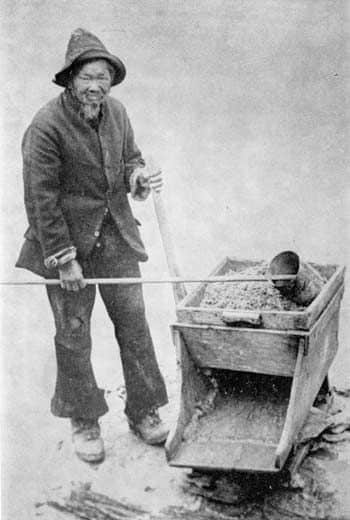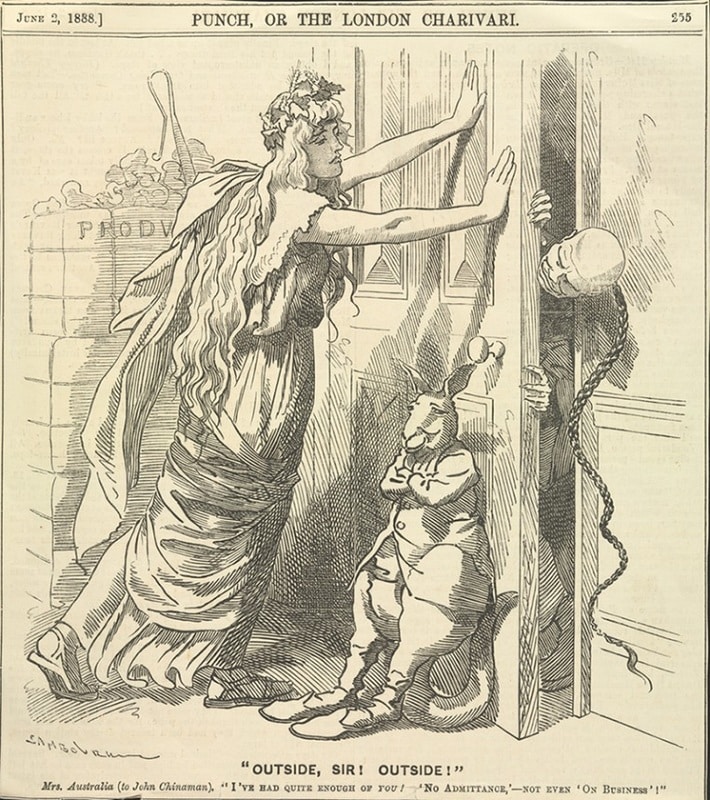
The presence of Chinese immigrants had existed in Australia in the early 1800s as indentured labourers such as shepherds and farmers, as well as convicts. The most significant spike in Chinese migration, however, was during the Australian gold rush of 1851-1854; with them calling Australia the “new gold mountain”, as it seemed to be a potentially better choice compared to San Francisco, the original “gold mountain”.
Chinese immigrants came in large numbers with the hopes of striking gold, leaving behind the problems that plagued China at the time: overpopulation, and a weakened and ineffective Qing government following the devastating Taiping Rebellion.
Economic struggle was also a large driving factor in why these men, living in destitute Southeast China, left for Australia. Around 40,000 to 50,000 Chinese immigrants arrived in Australia as hopeful gold miners during the gold rush, arriving in the ports of Melbourne and Sydney.
Other Chinese immigrants, notably city-bred and educated, also arrived in Australia as merchants or to work in an industry. Chinatowns and other small Chinese societies began to emerge around Australia; and as the excitement of the gold rush began to diminish the Chinese in Australia shifted to other industries, becoming fishermen, merchants and gardeners.

Such a large influx of Chinese immigrants distressed the already present Caucasian population in Australia, especially Caucasian politicians and miners in Victoria. Their sense of racial superiority, combined with a fear that the Chinese would become the majority of the population and overpower them, led the Victorian parliament to pass the Chinese Immigration Act in 1855, as an effort to curb Chinese immigration.
Curiously, they were afraid that the Chinese in the colony were loyal to the Qing emperor, and would take over the colony at the request of the Chinese ruler; when in reality most of the Chinese immigrants had left the Southeastern China region that was filled with anti-Qing sentiment.
The Chinese Immigration Act limited the number of Chinese passengers on a ship to 1 person for every 10 tons, but it did not stop more Chinese from arriving at more southern ports before making the trip to the gold mines by foot.
In the Victorian gold mines, anti-Chinese sentiment was prevalent among the European miners, and it reached a climax when such sentiment caused the Buckland riot of 1857, where Chinese miners were robbed, beaten and even murdered. The Chinese reacted with the Red Ribbon Rebellion to protest the discriminatory laws passed by the Victorian government, even sending the parliament a petition of almost 5000 names.
In the 2016 Australian census, a population of 1.2 million people with Chinese ancestry continue to reside in the country. The Australian Bureau of Statistics also highlights the fact that Chinese immigration into Australia has not stopped, citing the quality of its universities and other such factors to be appealing to the Chinese to migrate to Australia in the present.
